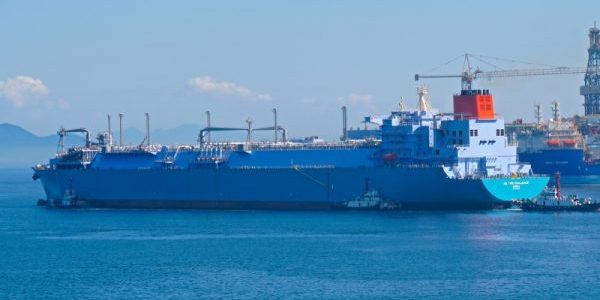Turkey deployed its second floating liquefied natural gas unit (FSRU) at a port in Dortyol, Hatay, which is located in the Mediterranean region of Turkey. The FSRU has 20 million cubic meters of send-out capacity per day.
With the new FSRU, Turkey wants to be less dependent from pipeline gas. For that reason, these units are located at ports in regions with higher gas consumption.
The ‘MOL FSRU Challenger’ has 263,000 cubic meters of LNG storage capacity, which is the largest in the world, Turkey’s Energy Minister Berat Albayrak informed.
Furthermore, the country wants to improve its natural gas infrastructure, thus increasing its gas storage capacity to 10 billion cubic metres by 2023, so that it stores 20% of its annual gas consumption.
In this context, the Trans Anatolian Natural Gas Pipeline project (TANAP) will play an important role. TANAP will deliver gas, starting this year, with the first gas from TurkStream expected in 2019.
TANAP aims to deliver 6 billion cubic meters of Azeri gas to Turkey and 10 billion to Europe. The delivery of gas to Europe is planned to begin in 2020, according to local media.






























































